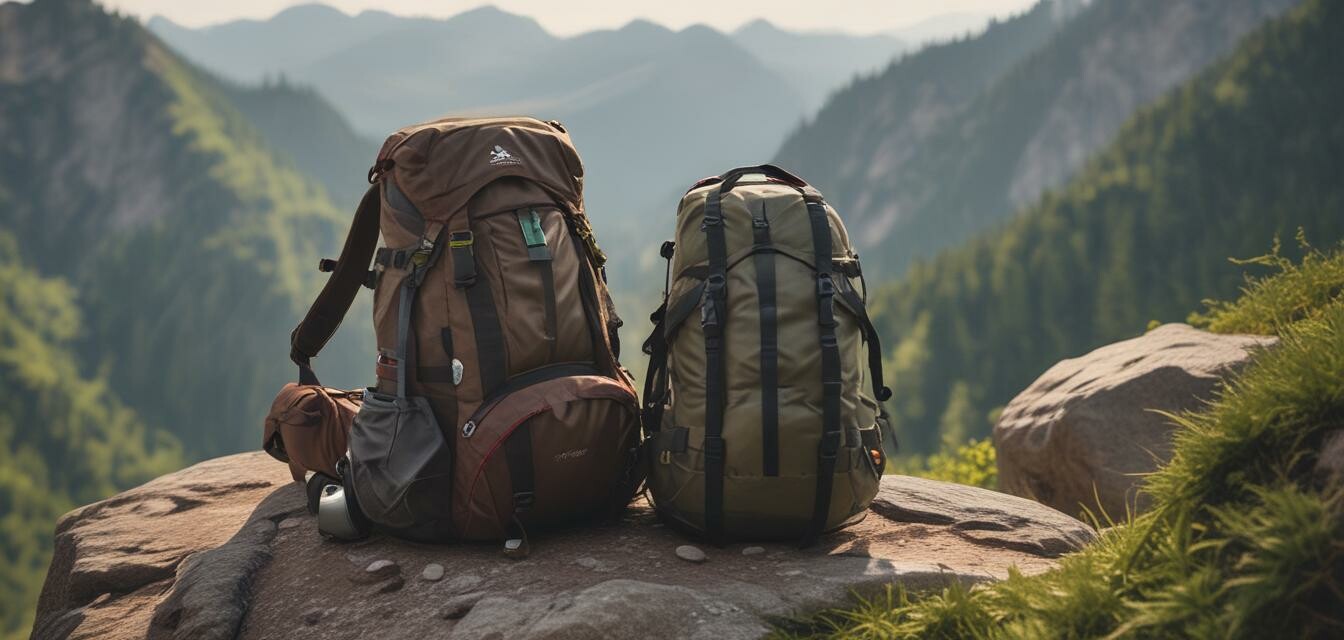
Tips on carb loading for hiking
Key takeaways
- Carbohydrates are essential for energy during hikes.
- Choose complex carbohydrates for sustained energy release.
- Pack lightweight, energy-dense foods for easy carrying.
- Stay hydrated while carb-loading to maximize your performance.
- Plan your meals and snacks before your hike to keep energy levels up.
When it comes to hiking, maintaining your energy levels is crucial to ensure you can enjoy the trail without fatigue. An essential part of your pre-hike preparation should be carb loading, which helps fuel your body for the physical demands of hiking. In this article, we will discuss effective carb loading tips and what foods to pack in your backpack to maximize your energy.
Understanding carb loading
Carb loading involves increasing your carbohydrate intake to build up glycogen stores in your muscles and liver. This is especially important for longer hikes where energy demands are significant. Below are the key points on how to effectively carb load before your hike.
1. Choose the right carbohydrates
Not all carbohydrates are created equal. To effectively carb load, focus on complex carbohydrates that offer sustained energy release. Here are some excellent sources:
| Food Source | Type | Benefits |
|---|---|---|
| Whole grain pasta | Complex Carb | Sustained energy release |
| Brown rice | Complex Carb | High in fiber |
| Quinoa | Complex Carb | Contains essential amino acids |
| Oats | Complex Carb | Rich in nutrients |
| Sweet potatoes | Complex Carb | Loaded with vitamins |
2. When to carb load
Timing is critical. It is generally best to start increasing your carbohydrate intake about 2-3 days before your hike. Increase your carbohydrate consumption while tapering down the intensity of your workouts:
- Two days before: Aim for 60-70% carbohydrates in your meals.
- One day before: Hydrate and focus on lighter meals.
- Day of the hike: Include quick, easy-to-digest carbs in your breakfast.
3. Foods to pack for your hike
Having the right foods on hand will help you maintain your energy throughout your hike. The following snacks and meals are excellent choices:
| Food | Calories (approx.) | Carbs (grams) | Benefits |
|---|---|---|---|
| Granola bars | 100 | 18 | Convenient and lightweight |
| Trail mix | 200 | 30 | High energy from nuts and dried fruits |
| Peanut butter sandwiches | 300 | 40 | Protein and carbs combined |
| Fruit (bananas, apples) | 100 | 25 | Natural sugars for quick energy |
| Rice cakes | 50 | 11 | Lightweight and easily digestible |
4. Stay hydrated
Don't forget hydration plays a critical role in your hiking performance. Drinking water is essential, especially when carb loading. Here are some hydration tips:
- Drink water regularly throughout the day before your hike.
- Consider packing an electrolyte drink to replenish lost minerals.
- Aim for about 16-20 ounces of water for every hour of hiking.
5. Planning your meals
To effectively carb load and maintain your energy on the trail, planning is essential. Consider the following:
- Create a meal and snack plan based on your hiking duration.
- Pack meals that are easy to prepare and eat on the go.
- Ensure you pack enough food, as having a backup snack can be beneficial.
Tips for beginners
- Start your carb loading at least two days before your hike.
- Experiment with different snacks on shorter hikes before longer ones.
- Keep tracking your energy levels to find out which foods work best for you.
Pros
- Increased energy levels throughout your hike.
- Improved endurance and overall performance.
- Helps prevent fatigue, keeping your spirits high on the trail.
Cons
- Overloading on carbs can lead to stomach discomfort.
- Some may find it challenging to pack the right foods.
- Requires careful meal planning to avoid energy dips.
Conclusion
Carb loading is a proven strategy for maintaining energy levels during hikes. By understanding how to choose the right carbohydrates, when to load them, and what foods to pack, you can ensure that your backpack has all it needs to keep you fueled for your next adventure. If you’re hungry for more information and tips, check out our Outdoor Adventure Tips category. Happy hiking!